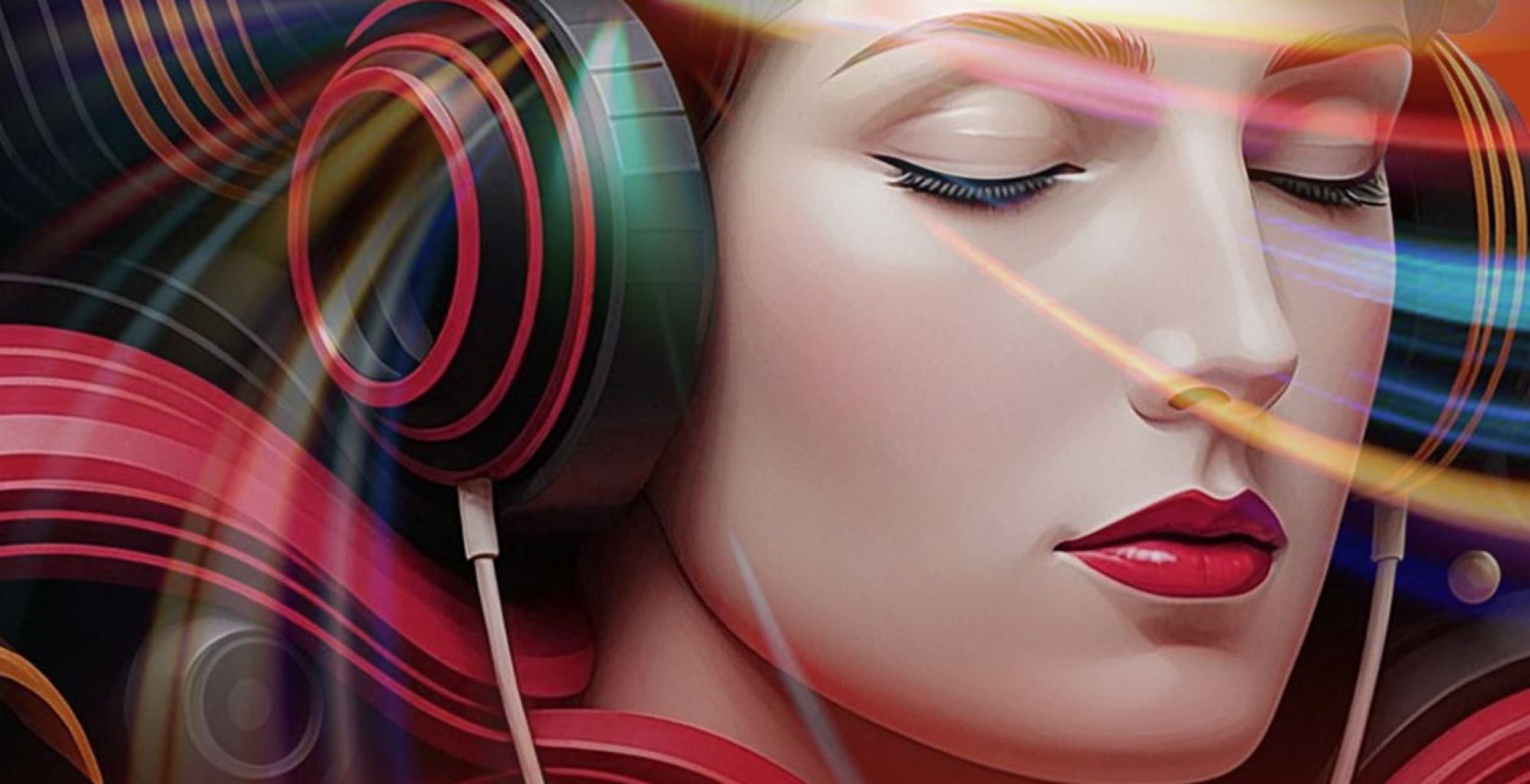Throughout history, the concepts of genius and creativity have fascinated scholars, scientists, and artists alike. While some believe that genius is an inherent trait, others argue that it is cultivated through rigorous effort and an environment that nurtures creativity. The interplay between intelligence and imagination forms the foundation of innovation, pushing the boundaries of what is possible. From Leonardo da Vinci to Albert Einstein, history is replete with creative geniuses who have revolutionized their fields. But what defines a creative genius, and how does one become a creative genius? The relationship between creativity and genius has intrigued philosophers, neuroscientists, and psychologists for centuries. While intelligence provides the foundation for knowledge and logical reasoning, creative genius flourishes through the ability to think divergently, break norms, and craft novel solutions. This article delves into the nature of genius and creativity, their neurological basis, and the factors that contribute to their development.
Defining Genius and Creativity
Genius is often associated with exceptional intelligence, but it extends beyond mere cognitive abilities. It embodies an extraordinary capacity for originality, insight, and innovation. The word “genius” originates from the Latin term “genius,” which was believed to be a guiding spirit that inspired an individual’s talents. Creativity, on the other hand, is the ability to generate novel and valuable ideas, solutions, or artistic expressions. Unlike intelligence, which is typically measured by IQ tests, creativity is more fluid and difficult to quantify.
The fusion of intelligence and creativity is what distinguishes geniuses from merely intelligent individuals. While an intelligent person may excel in processing and recalling information, a creative mind reimagines the conventional and constructs new paradigms. This convergence of abilities allows geniuses to not only understand the world but to reshape it in groundbreaking ways.
The Neurology of Genius and Creativity
Modern neuroscience has provided insights into how the brain of a genius functions differently from that of an average person. Functional MRI (fMRI) and EEG studies reveal that creative individuals often exhibit enhanced connectivity between different brain regions, particularly between the default mode network (DMN) and the executive control network (ECN).
- Default Mode Network (DMN): This network is active when the brain is at rest, engaged in introspection, daydreaming, and creative ideation.
- Executive Control Network (ECN): This network regulates focus, problem-solving, and decision-making.
- Salience Network (SN): This network helps switch between the DMN and ECN, allowing creative individuals to move seamlessly between spontaneous thought and structured execution.
Studies suggest that geniuses possess a unique balance between these networks, allowing them to generate ideas freely while also having the discipline to refine and implement them.
Historical Perspectives on Genius and Creativity
1. Genius as Divine Inspiration
In ancient times, creativity was often considered a gift from the gods. The Greeks believed in muses, divine entities who inspired poets, musicians, and philosophers. Similarly, in Roman culture, the concept of “genius” referred to a guardian spirit that bestowed talents upon an individual. This belief in external inspiration alleviated personal pressure, allowing individuals to view their creative successes and failures as the workings of an external force rather than personal merit.
2. The Enlightenment and the Rise of the Individual Genius
During the 18th and 19th centuries, the perception of genius shifted from divine intervention to an individual trait. Thinkers such as Immanuel Kant and Alexander Gerard emphasized the role of imagination and intellectual autonomy. Figures like Mozart, Newton, and Shakespeare were revered as singular minds who transcended their era’s limitations.
3. The Psychological and Scientific Study of Genius
With the advent of psychology in the 19th and 20th centuries, scholars like Francis Galton and Alfred Binet sought to measure intelligence and creativity scientifically. Galton introduced the concept of “hereditary genius,” while Binet developed the first standardized IQ test. However, later research, including that of Howard Gardner’s Theory of Multiple Intelligences, revealed that intelligence is multifaceted and not limited to logical-mathematical ability.
Characteristics of Creative Geniuses
1. Divergent Thinking
Creative geniuses think divergently, meaning they explore multiple possible solutions rather than following a linear path. This ability allows them to break free from conventional norms and develop innovative ideas.
2. Resilience and Perseverance
Contrary to the popular notion of effortless inspiration, most creative breakthroughs result from persistent effort and numerous failures. Thomas Edison famously conducted over a thousand experiments before successfully inventing the lightbulb.
3. Curiosity and Lifelong Learning
Geniuses possess insatiable curiosity and a willingness to explore diverse disciplines. Leonardo da Vinci’s genius stemmed from his fascination with anatomy, engineering, and art, which he seamlessly integrated into his masterpieces.
4. Ability to Connect Unrelated Concepts
Creative minds excel at drawing connections between seemingly unrelated ideas. Steve Jobs exemplified this ability, merging technology and aesthetics to revolutionize product design at Apple.
The Role of Environment and Upbringing in Cultivating Genius
While innate ability plays a role, environment, and upbringing significantly impact the development of genius. Encouraging exploration, curiosity, and a growth mindset fosters creativity from an early age. Key factors include:
- Supportive Early Education – Schools that emphasize critical thinking, arts, and open-ended problem-solving nurture creative potential.
- Mentorship and Collaboration – Many geniuses, including Einstein and Picasso, benefited from intellectual exchanges with mentors and peers.
- Tolerance for Failure – A culture that embraces mistakes as learning opportunities fosters innovation.
- Diverse Experiences – Exposure to varied cultures, ideas, and disciplines broadens perspective and fuels creativity.
The Intersection of Genius and Madness
The stereotype of the “mad genius” is rooted in historical examples such as Vincent van Gogh and Nikola Tesla, both of whom exhibited eccentric behavior. Research has explored the link between creativity and mental illness, with some studies suggesting a correlation between high creativity and conditions like bipolar disorder. However, many experts argue that while psychological struggles may accompany creative individuals, they are not prerequisites for genius.
Modern Applications of Creativity and Genius
1. Science and Technology
Innovations in artificial intelligence, medicine, and space exploration are driven by creative problem-solving. Visionaries like Elon Musk and Tim Berners-Lee have transformed industries through inventive thinking.
2. The Arts
The impact of creative genius in literature, music, and film continues to shape culture. Contemporary artists and writers push boundaries, reflecting societal shifts through their work.
3. Business and Entrepreneurship
Successful entrepreneurs leverage creativity to develop unique business models. Companies like Tesla, Google, and Amazon thrive on a culture that encourages innovation.
How to Cultivate Your Creativity and Genius
Regardless of one’s field, fostering creativity enhances problem-solving and adaptability. Strategies to develop creative genius include:
- Engaging in Diverse Learning – Reading widely, learning new skills, and exploring different perspectives enrich creative thinking.
- Practicing Mindfulness and Reflection – Allowing the mind to wander and engage in deep reflection enhances ideation.
- Embracing Playfulness and Experimentation – Many breakthroughs arise from playful exploration and trial-and-error.
- Creating a Stimulating Environment – Surrounding oneself with inspiring people and environments fosters creativity.
- Balancing Focus and Relaxation – Creativity flourishes when the brain shifts between intense focus and restful states.
Conclusion
Genius and creativity are not limited to a select few but exist in varying degrees within everyone. By understanding the interplay between intelligence and creativity, we can cultivate innovative thinking and push the boundaries of human potential. Whether in science, art, or everyday problem-solving, embracing our inner genius enables us to shape the future and redefine what is possible. The path to creative genius is not about waiting for inspiration but about fostering curiosity, resilience, and a willingness to think differently.

